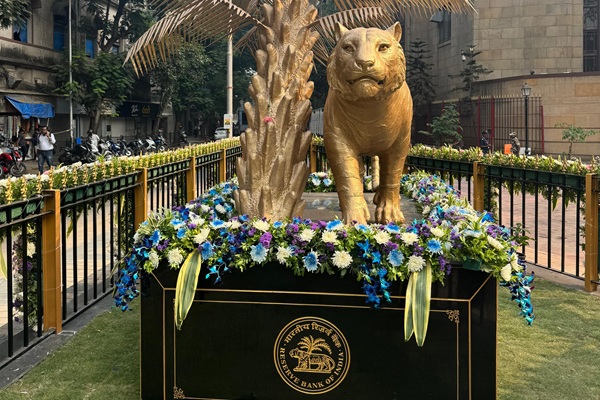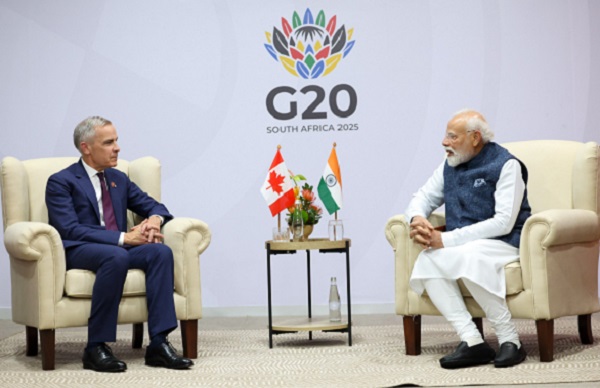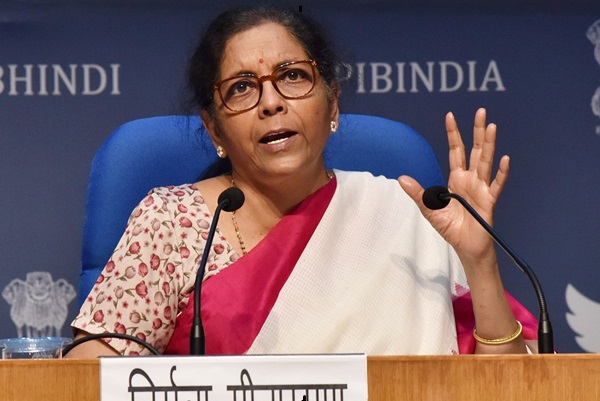.png)
June 17, 2025 at 9:21 AM IST
Tata Motors Ltd.'s luxury vehicle arm Jaguar Land Rover Automotive Plc has slashed its EBIT margin forecast for 2025-26 to 5–7%, down from the earlier estimate of 10%, as global tariff concerns and a subdued Chinese market weigh on its outlook.
The revised guidance comes in lower than the 8.5% margin JLR posted in 2024-25 and a sharp drop from the 10.7% recorded in the January–March of that year. Tata Motors draws over 70% of its consolidated revenue from JLR, making the weaker outlook a drag on investor sentiment. Shares of Tata Motors dropped as much as 5.6% intraday before trimming losses to trade 3.5% lower at ₹687 on the NSE at 1510 IST.
Much of the pressure stems from ongoing tensions around US tariffs on car imports, which are particularly painful for JLR as the US accounts for nearly 30% of its global sales. The carmaker paused US shipments in April and rolled back some variable marketing programmes to contain losses.
It said discussions with the US government are ongoing. A proposed US-UK trade agreement could bring down the import duty on 100,000 cars a year to 10% from the current 27.5%, though this remains above the 25% rate levied on cars from other regions.
In an investor presentation, JLR flagged risks ranging from past challenges like semiconductor shortages and supply disruptions to newer ones such as high vehicle theft rates in the UK, its slow shift to electric cars, and macroeconomic weakness in China. "These challenges all have the potential to impact EBIT; we are focusing on building our resilience," the company said.
JLR’s battery electric vehicle portfolio penetration stood at just 2% in 2024-25, the lowest among its peers. The company aims to improve this with the launch of the Range Rover Electric this year, followed by the first fully electric Jaguar in 2026. It plans to move to a fully electric portfolio by 2030.
Despite the weaker margin guidance, JLR said its operational performance—excluding tariffs—could still support a return to a 10% EBIT margin. However, it expects free cash flow to be close to zero in 2025-26.



